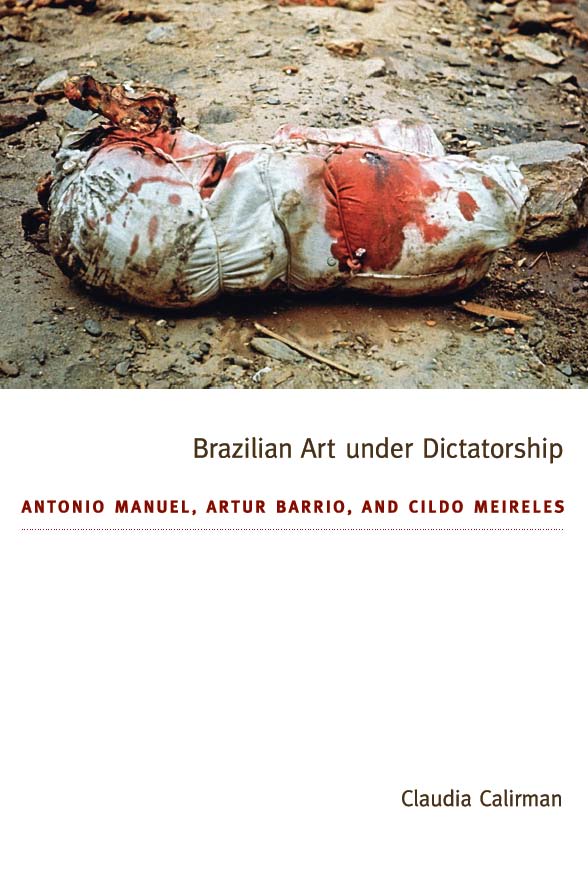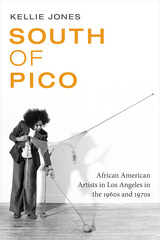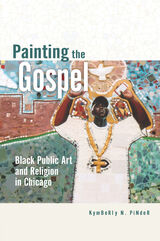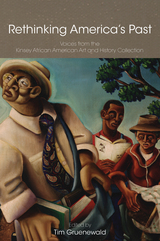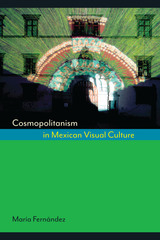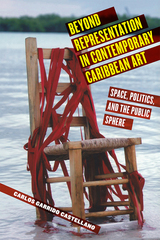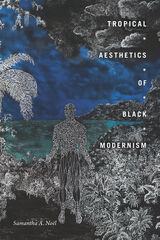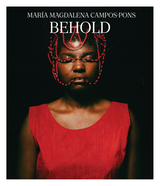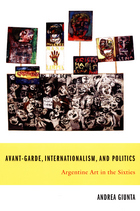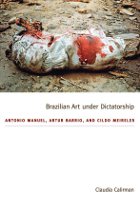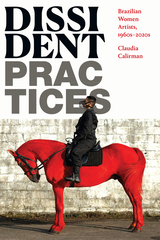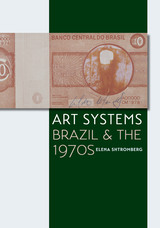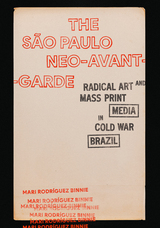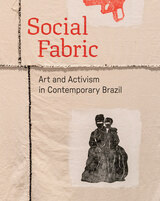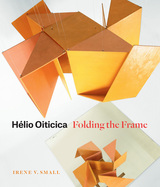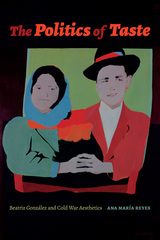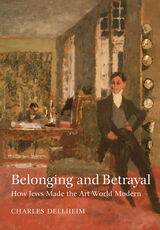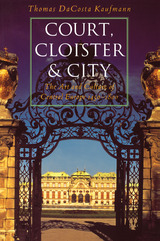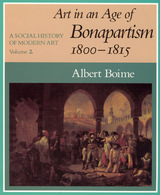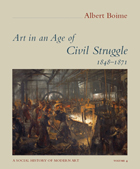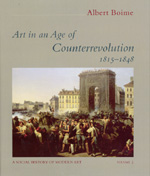Brazilian Art under Dictatorship: Antonio Manuel, Artur Barrio, and Cildo Meireles
Duke University Press, 2012
Cloth: 978-0-8223-5139-9 | Paper: 978-0-8223-5153-5 | eISBN: 978-0-8223-9493-8 (standard)
Library of Congress Classification N6655.C2485 2012
Dewey Decimal Classification 709.8109046
Cloth: 978-0-8223-5139-9 | Paper: 978-0-8223-5153-5 | eISBN: 978-0-8223-9493-8 (standard)
Library of Congress Classification N6655.C2485 2012
Dewey Decimal Classification 709.8109046
ABOUT THIS BOOK | AUTHOR BIOGRAPHY | REVIEWS | TOC | REQUEST ACCESSIBLE FILE
ABOUT THIS BOOK
Brazilian Art under Dictatorship is a sophisticated analysis of the intersection of politics and the visual arts during the most repressive years of Brazil's military regime, from 1968 until 1975. Raised in Rio de Janeiro during the dictatorship, the curator and art historian Claudia Calirman describes how Brazilian visual artists addressed the political situation and opened up the local art scene to new international trends. Focusing on innovative art forms infused with a political undertone, Calirman emphasizes the desire among Brazilian artists to reconcile new modes of art making with a concern for local politics. Ephemeral works, such as performance art, media-based art, and conceptualism, were well suited to the evasion of censorship and persecution. Calirman examines the work and careers of three major artists of the period, Antonio Manuel, Artur Barrio, and Cildo Meireles. She explores the ways that they negotiated the competing demands of Brazilian politics and the international art scene, the efficacy of their political critiques, and their impact on Brazilian art and culture. Calirman suggests that the art of the late 1960s and early 1970s represented not just the artists' concerns with politics, but also their anxieties about overstepping the boundaries of artistic expression.
See other books on: 1948- | 1964-1985 | Art and state | Art, Brazilian | Dictatorship
See other titles from Duke University Press
